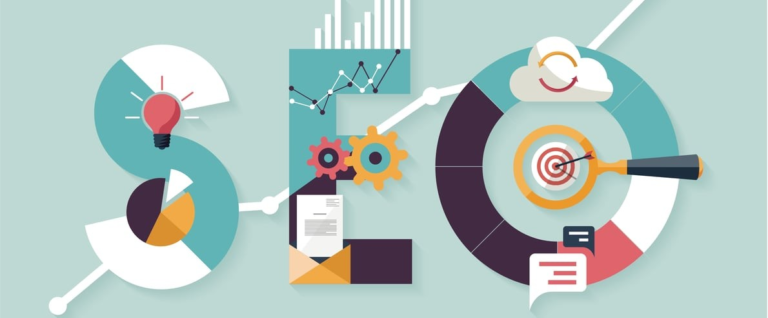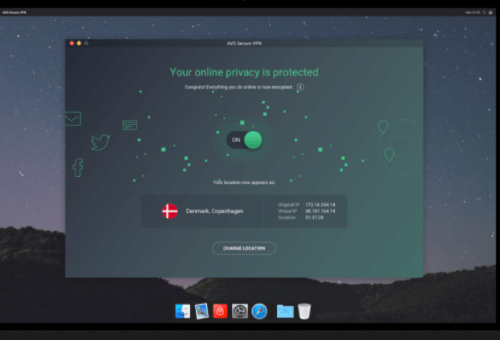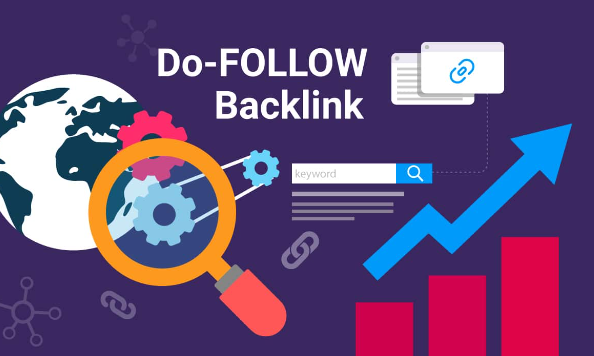Tech Innovations in the Music Industry: Past, Present, and Future


Music has been transformed from a live experience into a ubiquitous digital product consumed by billions, enabled by relentless technological innovation. As of 2022, overall music industry revenues have rebounded to $31 billion globally after piracy disruptions, with over 523 million users subscribing to music streaming services like Spotify, contributing over 65% of those revenues. The average user now streams close to 150 songs per week according to IFPI’s latest report. Compare that to the early 1900s when the fledgling recording industry sold a mere estimated 5 million discs per year in formats like Edison’s phonographs. From cylinders to CDs to ephemeral streams that disappear into the cloud, the relentless march of technology has profoundly shaped music’s creation, distribution, discovery, and consumption over the past century.
This tech-fueled evolution shows no signs of stopping. AI compositions, holographic performances, biometric sensors, and decentralized distribution hint at music’s mind-bending future. This article chronicles key milestones in the technology-music alliance that got us here and glimpse at what lies ahead. From the gramophone to the Grammys glitz, tech innovations have long been the beats that move the music industry as it continues its endlessly unpredictable syncopation into uncharted futuristic frontiers. From Edison’s phonograph to Spotify’s algorithms, technology has profoundly impacted how we create, distribute, and consume music. We’ve come a long way from wax cylinders and cassette tapes. This post explores key innovations that made music what it is today and glimpses into its future.
The history of music and technology have always been intertwined, each propelling the other forward in an endless waltz. As far back as 1857, Édouard-Léon Scott de Martinville invented the phonograph to transcribe sound waves, paving the way for recorded music.
But it was Thomas Edison’s invention of the phonograph in 1877 that truly revolutionized the music landscape. For the first time, sound recordings could be reproduced and listened to repeatedly. The ramifications were profound. Music was no longer ephemeral and could now be commodified. The recording industry was born.
Over the next few decades, the medium of recorded music rapidly evolved from wax cylinders to vinyl records. Tape recording and the introduction of the compact cassette in the 1960s made music even more portable and accessible. The subsequent development of the CD or compact disc in 1982, followed by the MP3 format and iTunes store in the early 2000s completely upended traditional notions of music distribution and consumption.
From Records to Recommendation Algorithms
Today, music has thoroughly transitioned from analog to digital. Streaming services like Spotify, which relies on complex collaborative filtering algorithms to recommend new songs and artists to its users, have become the dominant way we discover and listen to music.
In fact, recommendation algorithms and playlists curated by both humans and AIs are proving to be powerful gatekeepers, shaping mainstream music tastes and trends. Spotify’s popular RapCaviar playlist, for instance, has the power to propel up-and-coming hip-hop artists into superstardom practically overnight.
Not just distribution and discovery, but music creation has also been disrupted by technology. From autotune to digital audio workstations like Avid Pro Tools, music production today is almost entirely computerized. And generative AI systems are now composing original instrumental pieces and even writing lyrics!
The future holds even more radical possibilities – from hyper-realistic virtual concerts to music filtered to our moods via biometric sensors. Read on as we go through some of the key innovations that have paved the way to the present and peek at what lies ahead.
Past Innovations: Setting the Stage
1877 – Thomas Edison Invents the Phonograph
Edison’s phonograph, which transcribed sound waves as indentations on foil wrapped around a cylinder, was the genesis of recorded music. It could both record audio for the first time as well as play it back.
1887 – Emile Berliner Patents the Gramophone
The predecessor to the record player, Berliner’s Gramophone played laterally cut recordings on disc records, marking a major upgrade from Edison’s bulky cylinders.
1925 – Electrical Recording Revolutionizes Sound
Electrical recording techniques using microphones and electronic amplifiers greatly improved audio quality and volume, initiating the golden age of radio and sound recordings.
1931 – Alan Blumlein Invents Stereo Sound
Stereo recordings, which capture different sound components and directionality, created a richer, more immersive listening experience closer to live concerts.
1962 – Philips Introduces the Compact Cassette
Cassette tapes made music portable and were the first medium for DIY recordings at home, enabling users to compile mixed tapes of their favorite tracks.
Present Landscape: Streaming Rules
1997 – MP3 Compression Formats Emerge
The MP3 format uses advanced compression algorithms to condense audio files for easier storage and downloads without compromising too much on quality, paving the path for digital music distribution.
2001 – Apple Launches the iPod
The iPod’s seamless integration with iTunes truly marked the mainstream transition to digital music consumption after decades of vinyl and cassette dominance.
2008 – Spotify is Founded in Sweden
Spotify’s freemium streaming model offering listeners access to vast music catalogs across devices for free (with ads) or via paid subscriptions has made it the top global music platform.
2015 – Apple Music Debuts
Tech giants like Apple have also jumped into the music streaming space. Apple Music builds on the iTunes store’s legacy and additionally offers exclusive album releases, radio shows, and music videos.
Future Possibilities: Imagining the Impossible
Today, we are witnessing only the tip of the iceberg when it comes to the fusion of technology and music. Some tantalizing innovations on the horizon include:
AI-Generated Music and Lyrics
AI systems including Google Magenta and Amper Music are already composing original instrumental music and even penning lyrics in specific styles, hinting at a machine-created musical future.
Holographic Performances
With virtual and augmented reality coming of age, visually stunning holographic concerts that allow fans to experience performances by deceased or remote artists in a lifelike interactive setting are not too far away.
Biometric Sensor-Enabled Music
Headphones and music apps integrating emotion-detecting biometric sensors to filter songs to match your mood and states are poised to deliver emotionally-intelligent and responsive audio experiences.
Decentralized Music Sharing
Using blockchain technology, decentralized platforms aim to facilitate direct peer-to-peer music sharing between artists and listeners while still compensating composers, sidestepping streaming gatekeepers.
As music creation, distribution, and listening habits transition to digital, technology will shape songs and musical tastes themselves. The possibilities are endless. But one thing remains constant – music’s incredible power to transport, elate, console, and connect us. Now technology is simply allowing entirely novel ways for it to work its magic!





